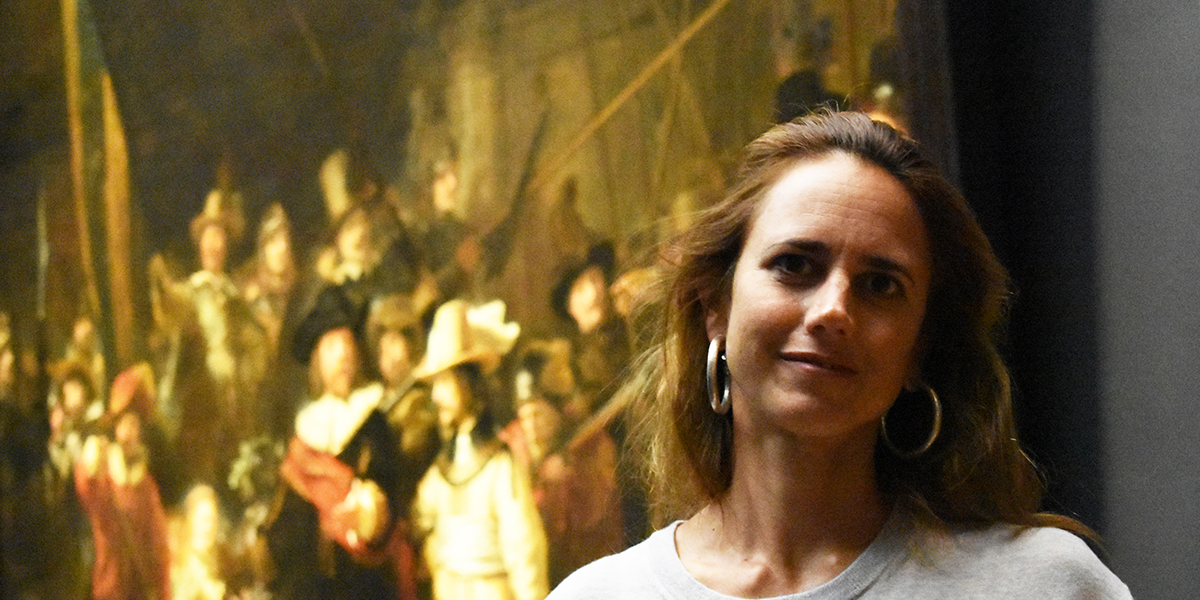From July the public will be invited to watch the restoration process of Rembrandt’s most celebrated masterpiece The Night Watch, taking place at the Rijksmuseum in Amsterdam, and via a dedicated website with regular updates on the process.
“Studying at Christie’s Education has improved my skills to perform under pressure, which is an essential part of my current role,” says Barbara Tedder, Project Manager Operation Night Watch.
Q. It has been more than 40 years since The Night Watch underwent its last major restoration, following an attack on the painting in 1975. Why is the restoration needed now and what preceded such decision?
The condition of The Night Watch is constantly monitored, and throughout the years some changes have occurred. For example, the museum conservators have noticed that the bottom left-hand corner of the painting, where there is a small dog, has become blanched over time, and they don’t know why. We want to research the current state of the former restorations, and now that we have the right team in place and state of the art equipment, it is the right time to take on this challenge. The mission of the Rijksmuseum is that The Night Watch is maintained for future generations.
Q. During the restoration, the picture will remain on the wall of the museum, encased in a clear glass chamber. Why did the museum decide to show the restoration process live?
Noting the importance of the painting, the Rijksmuseum wants to make sure that everyone can watch, even those who don’t have the possibility to visit the museum. A dedicated website is being created, with a wide array of content including high resolution images and regular updates on the process.
Q. Can you describe what the process will be and how long will it take?
The Rijksmuseum plans to study the painting, a process likely to last about eleven months, using new scanning technologies that were not available during previous restorations. Macro X-ray fluorescence scanning can explore different layers of the paint surface to determine what needs to be done.
Q. What will be your main responsibilities as a project manager?
There are many people involved in this large project. To organise the work streams properly the project team is divided into two parts: Exhibitions & Conservation. I am in charge of the exhibition part, and together with the Head of Exhibitions am responsible for the production and the delivery of the glass chamber. We also lead the finance, education, marketing and communication elements of the project, as well as fundraising professionals connected to this project.
Q. What aspects of what you learned during your time at Christie’s Education do you use in your role?
Christie’s Education has played a pivotal role in my transition to the art world. Not only has my knowledge expanded rapidly throughout the programme, but several assignments were conducted in teams within a limited time frame which improved my skills to perform under pressure, an essential characteristic for every project manager. The results were often presented in front of professors who were always challenging us to think deeper and to make new connections.

